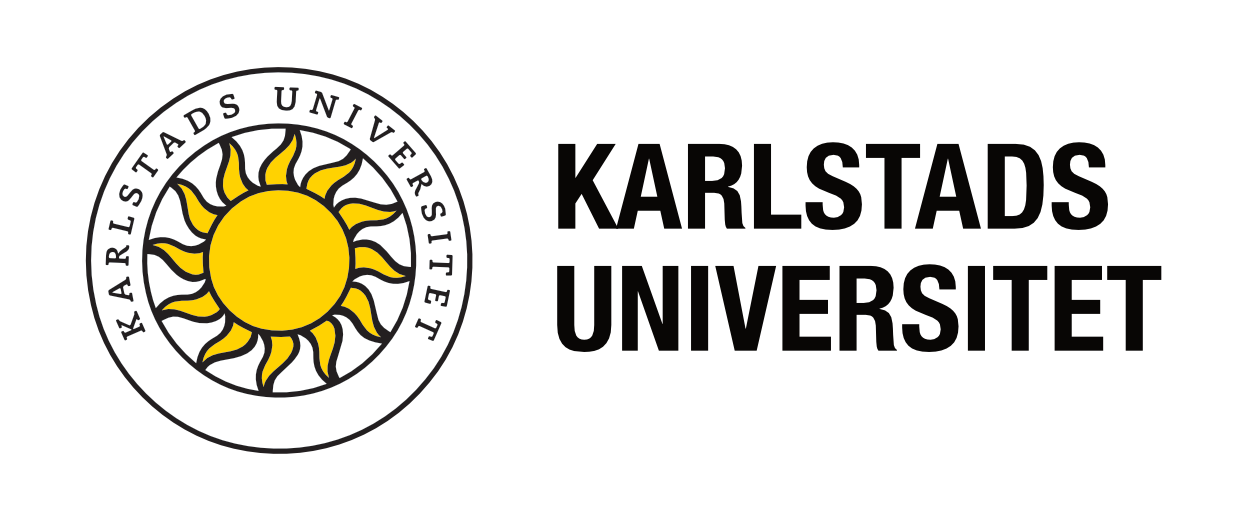It is difficult to discuss details in something, e. g. a course structure, if you do not have an idea of the whole. What is the whole that the details are intended to support? What is the pedagogical idea for the course that the details should realize?
All course development can in some way be described as aiming to design so that a student group with a certain starting point (in terms of prior knowledge and previous experience) can reach a course goal where they have achieved certain new knowledge, new skills and new abilities. How will that happen?
Where will the input they need come from?
How should they process and make it theirs?
How should they know if they are making progress, towards the goal, or not?
The pedagogical idea can be that they should read the course literature and do exercises per chapter. Or that they should read the course literature and listen to supplementary lectures. Or that they should process a case in small groups where they can test what is introduced in the course literature in realistic situations. They may have to carry out group exercises where they get to try different roles or perspectives that illustrate the course’s theoretical content. Or they need to do things practically in the lab, or practice, practice, practice on many small exercise tasks.
If you describe the basic pedagogical idea of the course to yourself, it will be easier to go on and design in detail the practical activities that you want the students to do. And it will be easier to discuss the course with colleagues to test your thinking, get advice, and to collaborate in doing the design work.
Here are some examples of how to get started:
In this course, students need to get an opportunity to experience how the theoretical content of the course helps them to understand and act in practical situations. Therefore, they work in groups with a case that they develop step by step throughout the course. In parallel with this, teacher-led seminars are conducted where the theoretical steps are introduced and the students receive supervision in groups. Progression is ensured by submitting sub-tasks per work step with the aim of keeping pace and obtaining indications as to whether any group needs extra support.
Another example:
The course introduces current research on a subject area and aims above all to create an understanding of how different perspectives complement each other and create different kinds of insights. Students need to be enticed to twist and turn perspectives to delve deeper into what these mean. The course therefore revolves around a series of inspiring lectures based on questions from the course literature, which mainly consists of a collection of scientific articles. The students keep a reflection diary in blog form after each such lecture. Students are encouraged to discuss each other's posts in the blogs in groups. They then choose a reflection question and write a reflective essay that is discussed in small groups, improved after the discussion and finally constitutes the examination. A side goal of the course design is to train students in writing academic text to be better equipped in future courses in the study program.
A third example:
The purpose of the course is to develop practical math skills. Students work with a large battery of exercises sorted by type of technique that needs to be used. The students report (in a digital matrix) after each processed task how difficult they experience that the task was. The students' reports are used by teachers as a basis for preparing teacher-led sessions where tasks that have been perceived as particularly difficult can be discussed. Students are divided into smaller groups and encouraged to help each other. To increase the probability that they really cooperate, they are offered to receive supervision in group sessions while they are working with the training excercises.
If you formulate your basic pedagogical idea of how the course’s learning activities should be designed, it will then be much easier to plan the practical design, to assess the workload over the course, to make a schedule, to discuss how different teachers’ work can be coordinated, etc..

